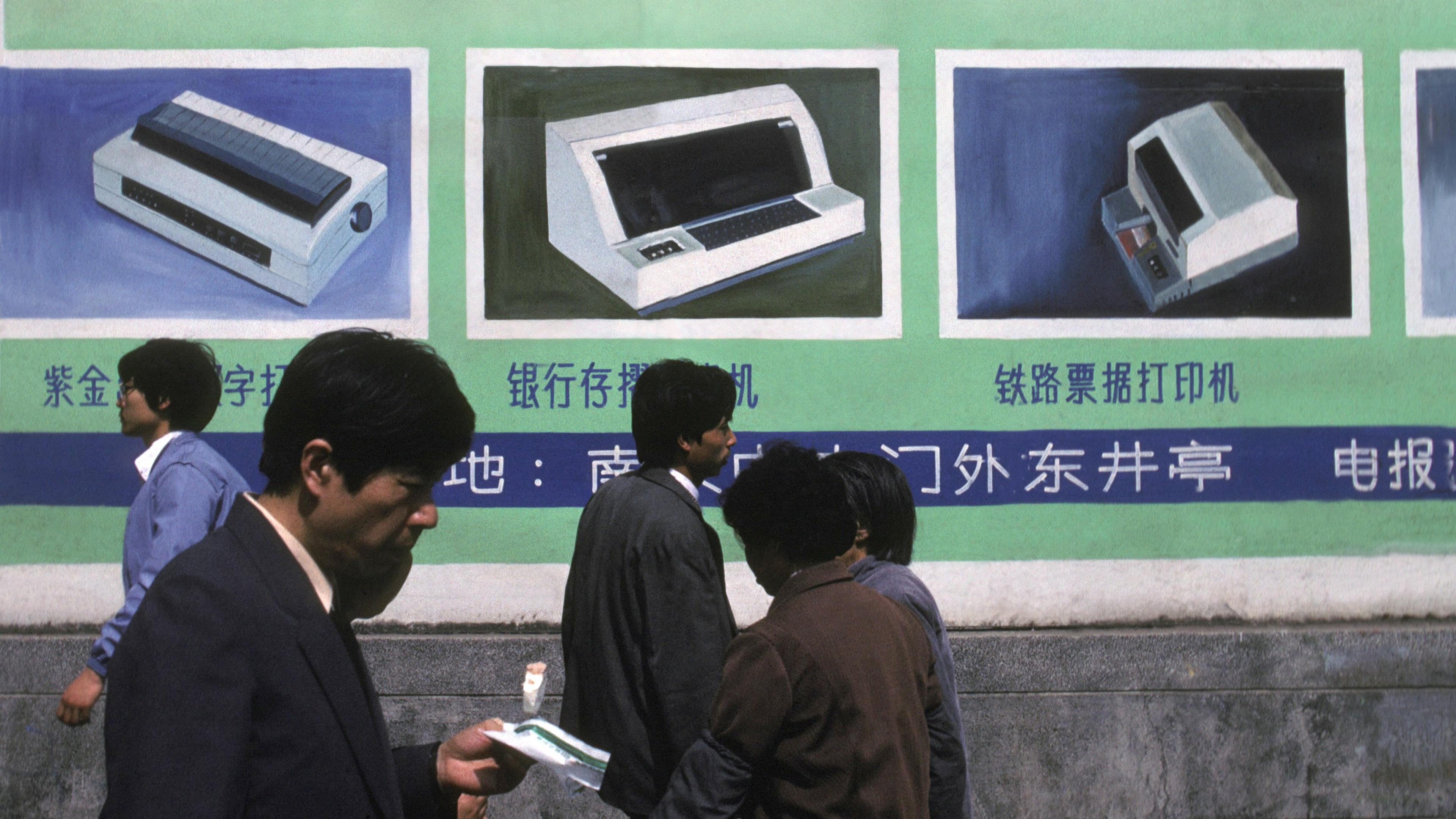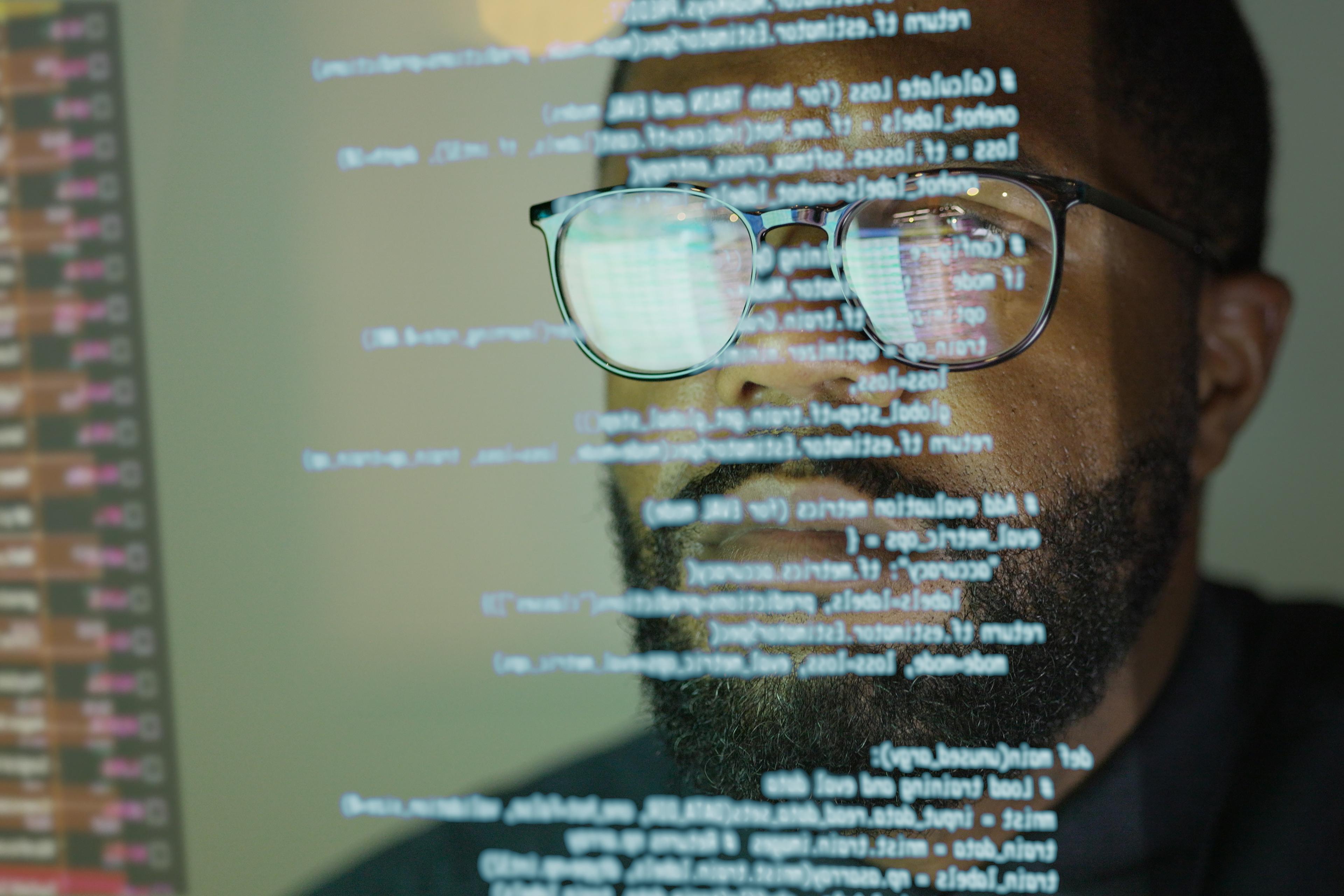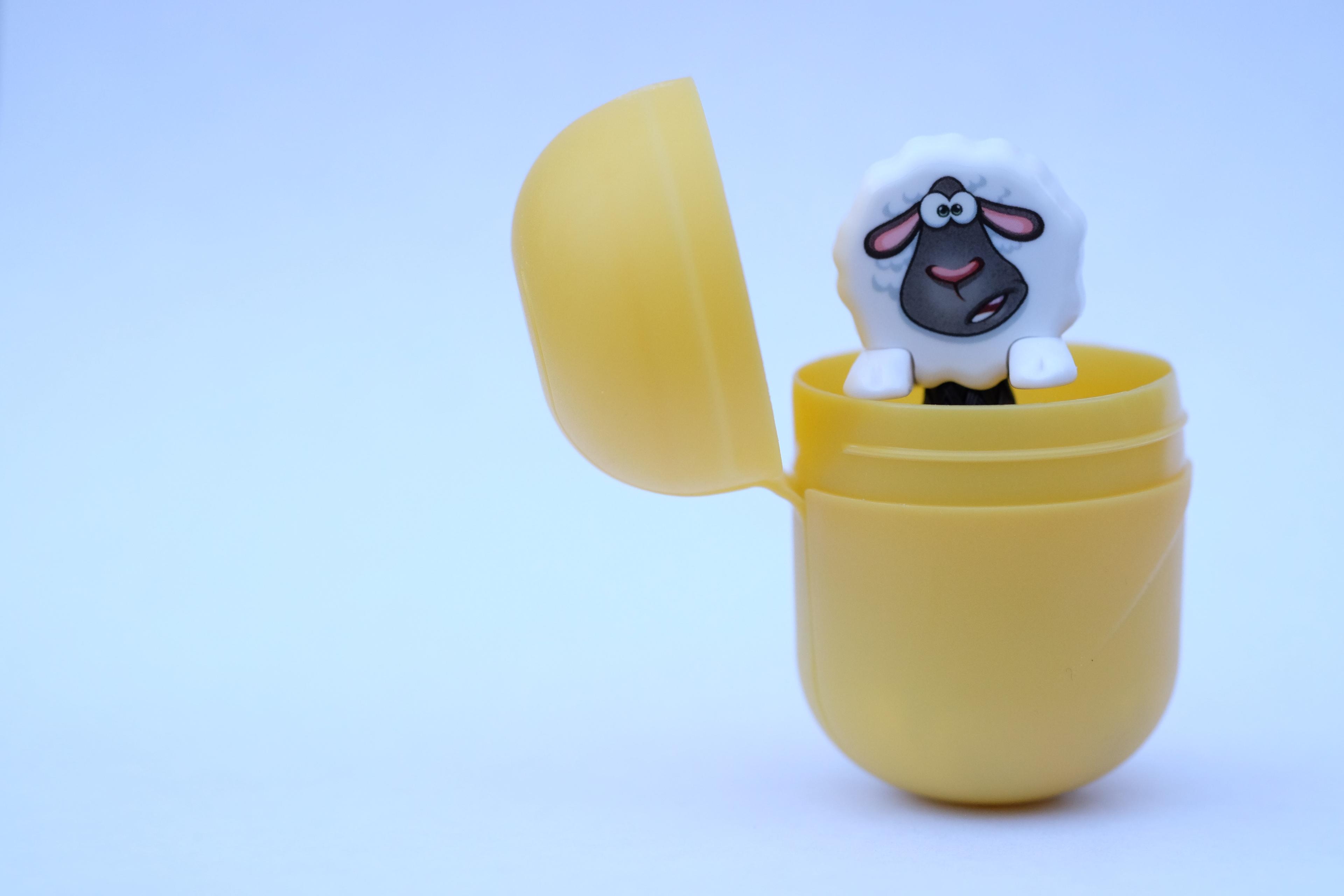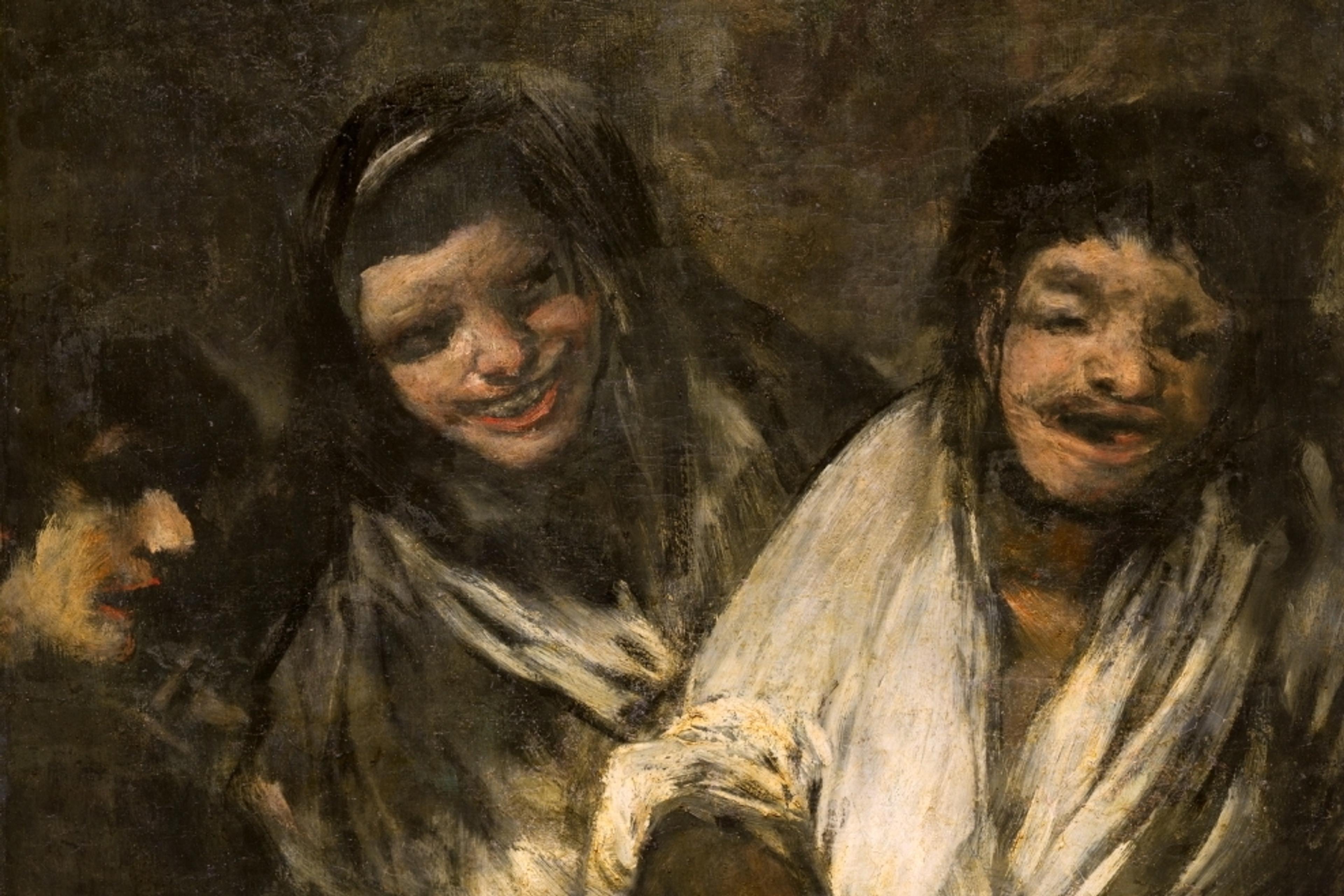In China, suburban garages do not factor in the lore of computing history the way they do in the United States. But prisons do – at least, one particular prison in which a brilliant Chinese engineer was sentenced to solitary confinement for thought crimes against Mao Zedong during China’s Cultural Revolution. His name was Zhi Bingyi and, during long and anxiety-ridden days, months and years of solitude, he made a breakthrough that helped launch China’s personal computing revolution: he helped make it possible to type Chinese with a run-of-the-mill Western-style QWERTY keyboard.
Zhi was born in 1911 on China’s eastern coast, in Jiangsu province. His generation shouldered an almost unbearable burden: a mandate to dedicate their lives to the modernisation of their country. Zhi completed his undergraduate education in 1935, receiving a degree in electrical engineering from Zhejiang University. He moved to Germany in 1936, receiving his doctorate in 1944 from the University of Leipzig. He spent nearly 11 years in Germany, becoming fluent in the language, and marrying a German woman.
Upon the couple’s return to China in 1946, Zhi held a variety of distinguished posts, yet his long-time experience overseas made him suspect in the eyes of the still-nascent Chinese Communist Party regime following the 1949 revolution. When the Cultural Revolution erupted in 1966, Zhi became a marked man. Named a ‘reactionary academic authority’ (fandong xueshu quanwei) – one of the era’s many monikers for those condemned as enemies of the revolution – he was confined in one of the period’s infamous ‘ox pens’. The cell measured a claustrophobic six square metres. Outside its four walls, China descended into the political turmoil of the Cultural Revolution. In his hometown of Shanghai, fanatics and paramilitary groups pledged undying loyalty to the person of Chairman Mao. In the early months of the crisis, bands of radical youth set out upon ‘seek and destroy’ raids intent on purging the country of all pre-revolutionary vestiges of ‘Old China’.
Unsure if he would ever see his wife again, with no other voices besides his guards’, and with no work to occupy his mind, Zhi filled the long hours staring at the wall of his cell – specifically, at an eight-character poster that made a chilling assurance to him and anyone unfortunate enough to set their eyes upon it:
坦白从宽,抗拒从严
(tanbai congkuan, kangju congyan)
‘Leniency For Those Who Confess, Severity For Those Who Resist’
The message was clear: We have the authority to destroy your life (if you resist). Or to make your imprisonment somewhat more tolerable (if you confess).
Zhi read this terrifying couplet over and over again, for days, weeks and months on end. And then something began to happen – something that reminds us of the inherent strangeness of language.
No matter one’s mother tongue, the process of becoming fluent in a language is a process of forgetting that language is a form of arbitrary code. There is nothing inherently ‘candid, frank, or open’ about the character 坦 (tan), nor ‘white, blank, or clear’ about the character 白 (bai). As with any young child, Zhi in his earliest years of life would have looked upon these symbols as random assemblages of pen strokes on the page, born of a complex web of conventions whose origins we will never be able to reconstruct in full. But steadily, over the course of innumerable repetitions, something happens to us: the sounds and sights of language begin to approach, and then to achieve, a kind of natural, god-givenness. The character 白 (bai) no longer ‘stands in’ for whiteness by dint of painstaking study and memorisation, but merges with it effortlessly. This merger is the fruition of every child’s struggle to speak, read and write: the struggle to make inroads into their family and community’s semiotic universe, transforming it from an indecipherable code to a medium of expression.
While most of us experience this transformation as a one-way process, it can be reversed. A sound or symbol made second-nature can be denatured – defamiliarised and queered, in which one is somehow able to tap into the original meaninglessness of one’s mother tongue, even as one continues to be able to hear, see and speak it fluently.
This is what happened to Zhi. As he whiled away his time in prison, mulling over these eight characters (seven, if we account for one character that is repeated), this act of repetition restored to them their inherent arbitrariness. By the 100th reading – perhaps the 1,000th, we cannot know – Zhi began to explode these characters in his mind, into a variety of elements and constellations. The first character (坦), for example, could be readily divided into two distinct parts: 土 and 旦, and then further still into + and − (making up the component 土) and 日 and − (making up 旦). The second character 白 could be subdivided, as well, perhaps into 日, with a small stroke on top. Then the rest. Even in this short, eight-character passage, the possibilities of decomposition were abundant.
Zhi managed to get hold of a pen – the one he was given to write political self-confessions – but paper was impossible to find. Instead, he used the lid of a teacup, which his captors provided him to drink hot water. When turned over, Zhi discovered, the lid was large enough to fit a few dozen Latin letters. Then he could erase them and start again, like a student in ancient Greece with an infinitely reusable wax tablet. And so he mulled over each character one by one, decomposing them into elements, and then converting those elements into letters of the Latin alphabet.
He was creating a ‘spelling’ for Chinese – although not in the conventional sense of the word.
In Zhi’s system, the letters of the Latin alphabet would not be used to spell out the sound of Chinese words. Nor would they be used to ‘compose’ them per se. Instead, he envisioned using Latin letters to retrieve one’s desired Chinese character from memory. For him, Latin letters would be the instructions or criteria one fed to a machine, telling the device to, in effect, ‘retrieve the Chinese characters that match these requirements’.
Take the example of fu (幅), a Chinese character meaning ‘width’. Ultimately, Zhi settled upon an unexpected ‘spelling’ for this character, which bore no resemblance to its sound: J-I-T-K. The first letter in this sequence (J) corresponded not to the phonetic value of the character (which should begin with ‘F’) but to a structural element located on the left-most side of the character: the component 巾 that, when seen in isolation, is pronounced jin. The code symbol ‘J’ was derived from the first letter of the pronunciation of the component.
The rest of the spelling – I, T and K – followed the same logic. ‘I’ was ‘equal to’ the component/character yi (一); ‘K’ referred to the component kou (口); and ‘T’ to tian (田). Other letters in Zhi’s code performed the same role:
D = the structure 刀 (with ‘D’ being derived from dao, the pronunciation of this character when seen in isolation)
L = 力 (same logic as above, based on the Pinyin pronunciation li)
R = 人 (same logic as above, based on the Pinyin pronunciation ren)
X = 夕 (same logic as above, based on the Pinyin pronunciation xi)
Zhi eventually gave his code a name: ‘See the Character, Know the Code’ (Jianzi shima), ‘On-Site Coding’ (OSCO), or simply ‘Zhi Code’ (Zhima).
In September 1969, Zhi was released from prison, rejoining his wife and family at their apartment on South Urumqi Road, in Shanghai – albeit in a form of prolonged house arrest.
Other changes were afoot, as well. In 1971, the United Nations recognised Beijing as the official representative of China, granting the country a seat on the Security Council. In 1972, Richard Nixon shocked the world with the first US presidential delegation to the People’s Republic of China (PRC). In 1976, Mao died of cancer, setting in motion a profound sweep of political, economic and social transformations. Then, in 1979, the gates opened even wider, with the normalisation of relations with the US.
One of the many changes that Sino-US normalisation brought was an influx – first a drip, then a flood – of US-built computers and computing equipment into the PRC, personal computers in particular. US companies regarded China as an immense, untapped market for the ‘personal computing revolution’.
There was a major problem, however – at least for Chinese consumers: all of these Western-built computers were effectively useless for anyone seeking to input and output Chinese-character text. After all, how does one use the keys of a QWERTY keyboard to ‘type Chinese’?
Suddenly, Zhi and his teacup hallucinations took on immense real-world applications. The ‘spelling’ system he made might be the key to cracking the code of QWERTY-based Chinese computing. Zhi came on the radar of engineers and technologists in the PRC, as well as two foreign organisations – the Olympia Werke company, a towering presence in the history of German precision engineering, and the Graphics Arts Research Foundation in the US. Newspaper and magazine articles celebrated Zhi’s system. International computing delegations found Zhi at the centre of the action. Zhi’s code, many felt, would finally make it possible for the Chinese writing system to hold its own in the global computing age.
It’s hard to fathom that, only a decade before the Chinese personal computing revolution took off – a revolution that would not have been possible without cracking the code of keyboard-based Chinese input – Zhi was sitting in a darkened cell, with long stretches of boredom punctuated by moments of dread, tracing out ephemeral alphabetic codes on the underside of a teacup, and eventually dreaming of a fully mature Chinese-language information environment. Then, in the late 1970s and early ’80s, as he looked out on his country, he saw the contours of this dream beginning to take shape in reality.








